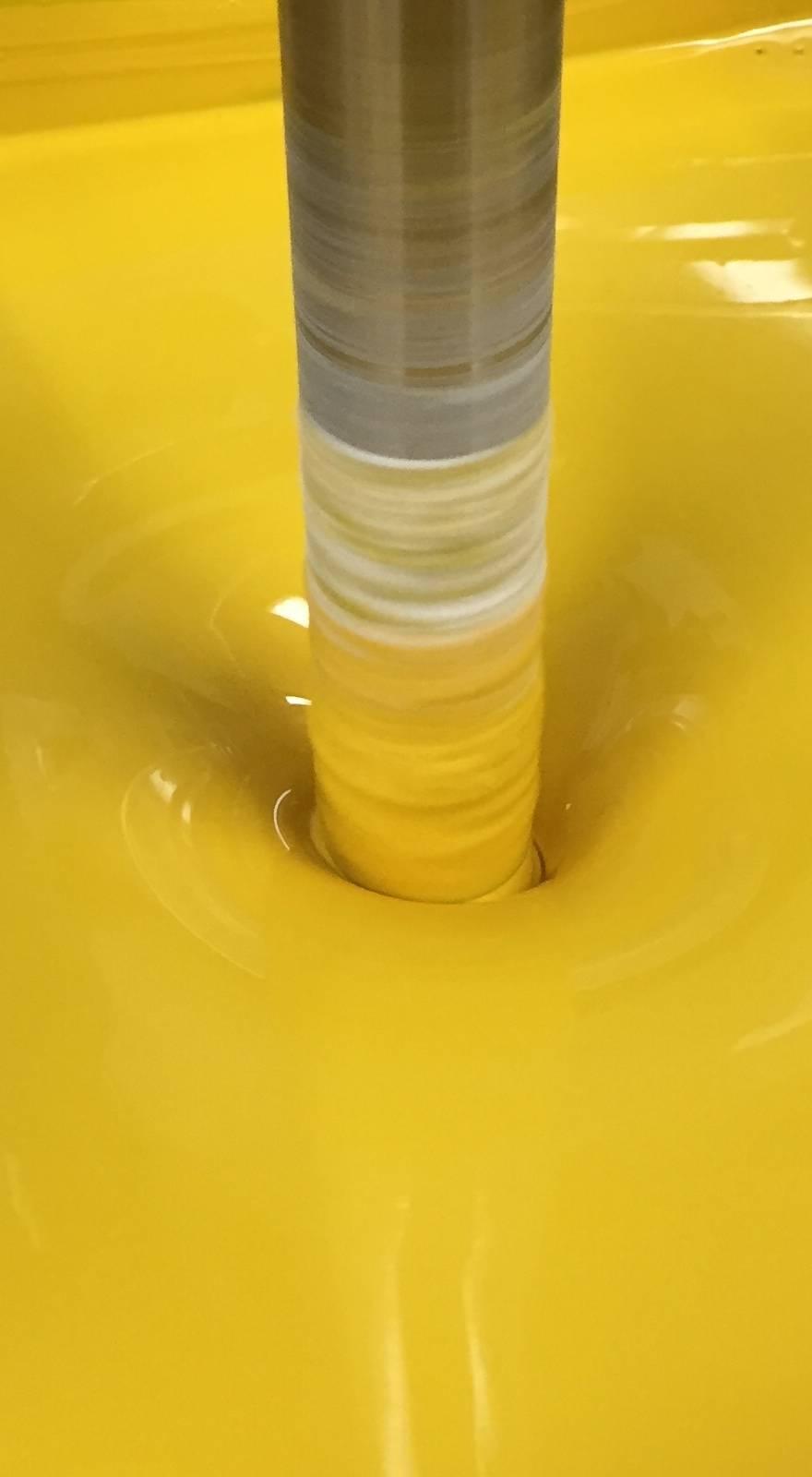Knowde Enhanced TDS
Identification & Functionality
- Chemical Family
- Technologies
- Product Families
Features & Benefits
Applications & Uses
- Markets
- Applications
- Application Area
- Uses
Protection of concrete, metal, ceramic, masonry, glass and other surfaces. Storage-tank linings, industrial floor resurfacing, laboratory, food and scientific equipment protection. Coating of machinery, industrial and marine equipment, electric components, electronic assemblies, circuit boards.
- Instructions for Use
- Surfaces must be thoroculegan hanld ydr y for good adhesion. Sandblasting, sanding, etching, washing or degreasing are recommended. Special treatment of metals and other surfaces may be desirable in some cases.
- Abocoat/Abocure mixing must be thorough. A power mixer, a spatula or paddle are all adequate if properly used.
- Pot life is the time the Abocoat/Abocure blend remains workable, before hardening, in the mixing container. Do not mix any more than can be used up within 30-40 minutes. If solvent is added for brushing or spraying the pot life is proportionately increased to several hours.
- An Induction Period (waiting period in the mixing container, after mixing) of at least 5 minutes is advised to prevent "tacky hardening" of thin layers exposed to atmospheric moisture during application.
- Application is simple. Brushes, rollers, sprayguns are all adequate for different purposes.
- Hardening, Curing, Temperature. The 8501-1 System hardens by chemical reaction rather than by drying. The hardening reaction generates heat and is accelerated by large bulk and heat. Low temperatures have a retarding effect. Cure completes the reaction and continues for 5-10 days at room temperature, or just hours (or even minutes) with heating. Viscosity is also decreased by heating and increased by cold. Thus, better flow, wetting and adhesion, as well as faster hardening, are obtained on a warm surface, or with a warm resin.
- Specifications
Hardening Time:
Tack-free within 2 hours approximate at 25°C. Hardens faster with heating, which can reduce process to a few minutes. Low temperatures slow hardening (too slow under 10°C).Cure:
Optimum properties are reached within 4-8 days at room temperature, or faster with heat. For instance, 2-3 hours are sufficient at 100°C (212°F).
Properties
- Color
- Typical Properties
| Value | Units | Test Method / Conditions | |
| Crosscut Adhesion | Excellent | — | — |
| MEK Rubs | min. 500 | — | — |
| Mixing Ratios | 100.0 | pbw | — |
| Pencil Hardness | 3H | — | — |
| Solids | 80.0 | % | — |
| Weight per Gallon | 12.1 | Lbs/Gallon | — |
Regulatory & Compliance
- Certifications & Compliance
Technical Details & Test Data
- Characteristics
Virtually unaffected by atmospheric conditions, soft and salt water, alkalis and diluted acids, strong solvents, detergents, oils and greases. Tenacious adhesion to metals, masonry, concrete, ceramics, wood, fiberglass, and most rigid materials.
Radiation resistance recommends the 8501-1 System in X-ray and other radioactive environments.
- Technical Details
The following table shows that heat-curing improves properties dramatically. Tests for chemical resistance of a 0.014-inch-thick film on sandblasted hot-rolled steel displayed the following results:
Time Temperature 12 Days at 25°C 10 Hours at 80°C
Immersion time
without failureDays Days Reagents: Acetone <3 >250 Methylene chloride <3 250 Ethanol 95% >250 250 Methanol <3 250 Trichlorethylene >220 >220 Hydrochloric acid 35% 220 250 Acetic acid 10% 14 150 Ammonia 250 >250 Cellosolve <3 250 Methyl ethyl ketone <3 250 Butyl acetate >250 250 Skydrol 500B 250 >250
Storage & Handling
- Pot Life (20 - 25°C)
approx. 40 Minutes

